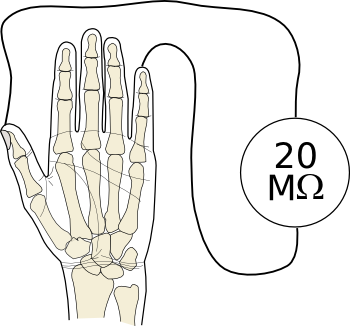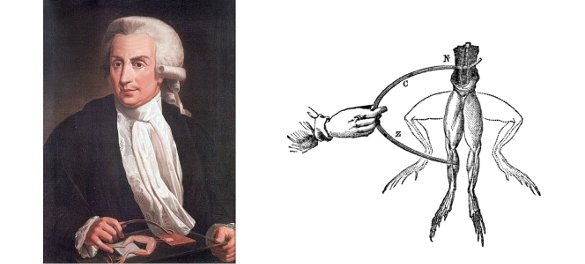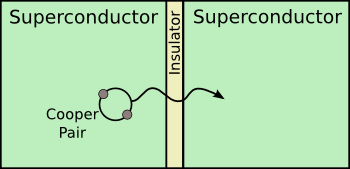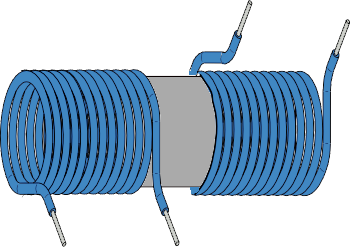
The Body Magnetic
October 15, 2015 As anyone who's gotten an electrical shock from a switch plate knows, the human body conducts electricity. This also demonstrates that the human body can store electrical charges generated by walking across carpet fabric in low humidity. If you have an ohmmeter at home, you can measure your own electrical resistance, which is the reciprocal of conductance. For safety reasons, however, it's required that you never do any such measurements across the torso, as from one hand to another. The battery voltages of most of today's ohmmeters are small, but application of any current through the torso can be dangerous. Also, do not puncture your skin to do this measurement, since one known fatality has occurred this way.[1] I just measured my resistance from the thumb to little finger of my right hand. The value I got, about 20 megohm (20 MΩ), is higher than what would be expected. I needed to use a sensitive ohmmeter, since I obtained no reading on a less expensive, 2 megohm fullscale, meter. Typical values for dry skin are in the 100 kΩ range, with wet skin being in the 1 kΩ range. The contact area was just the sides of the probe tips. Using larger area electrodes, perhaps with brine or a conductive paste, might have given a lower value. | My measurement of my own skin resistance. Note that I did not let the current of the ohmmeter pass through my torso, just from the thumb to the little finger of my right hand. (Wikimedia Commons image, modified using Inkscape.) |
 |
| Italian physicist, Luigi Galvani (1737-1798), and a diagram of his frog experiment from an 1859 science textbook. (Images, left, right, via Wikimedia Commons.) |
 | The simple idea that pairs of electrons could tunnel through a thin insulating barrier secured the 1973 Nobel Prize in Physics for Brian Josephson. (Rendered using Inkscape.) |
 | A simple transformer with a magnetic core. Although this arrangement works, the core is usually a toroid. (Modified Wikimedia Commons image.) |
 | Jiwoong Park, an electrical engineering Ph.D. student at UCSD and first author of the study, demonstrating a human transformer signaling circuit in which data is transmitted from one arm to the other. (UCSD Jacobs School of Engineering photograph.) |
"Increased privacy is desirable when you're using your wearable devices to transmit information about your health."[3]This technique, which utilizes magnetic fields many times smaller than those of MRI imagers and wireless implant devices, should not have an associated health risk.[3] One limitation, however, is the need to have a coil wrapped around a body part. While this is not a problem for smart watches, headbands and belts, patch sensors to detect heart rate, for example, would not work.[3]
References:
- Resistance is Futile, 1999 Darwin Awards Web Site.
- Web Site of the 37th Annual International Conference of the IEEE Engineering in Medicine and Biology Society (2015, Milan, Italy).
- Liezel Labios, "Magnetic Fields Provide a New Way to Communicate Wirelessly," University of California San Diego Press Release, September 1, 2015
- Web Site of the University of California San Diego Center for Wearable Sensors.